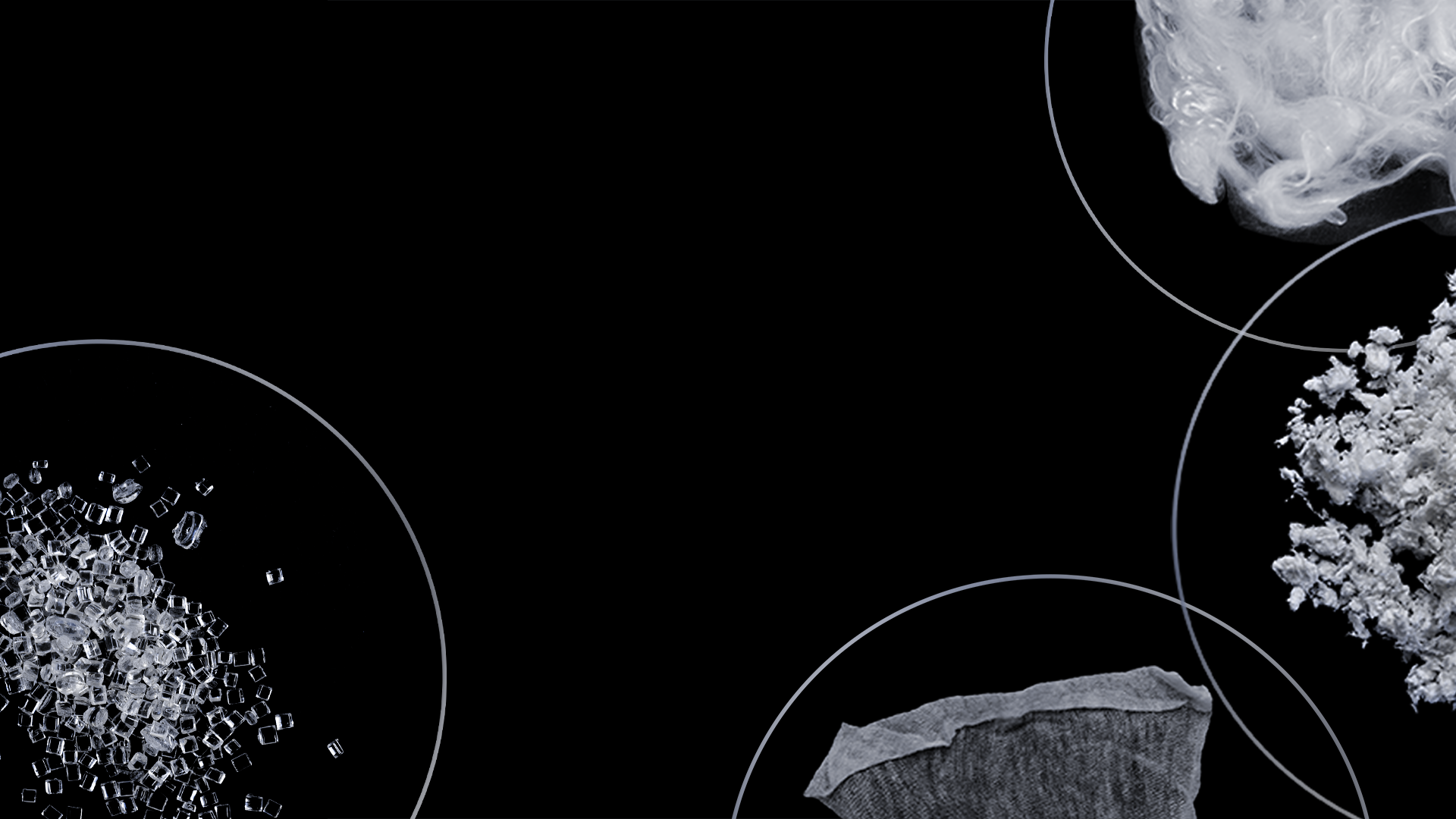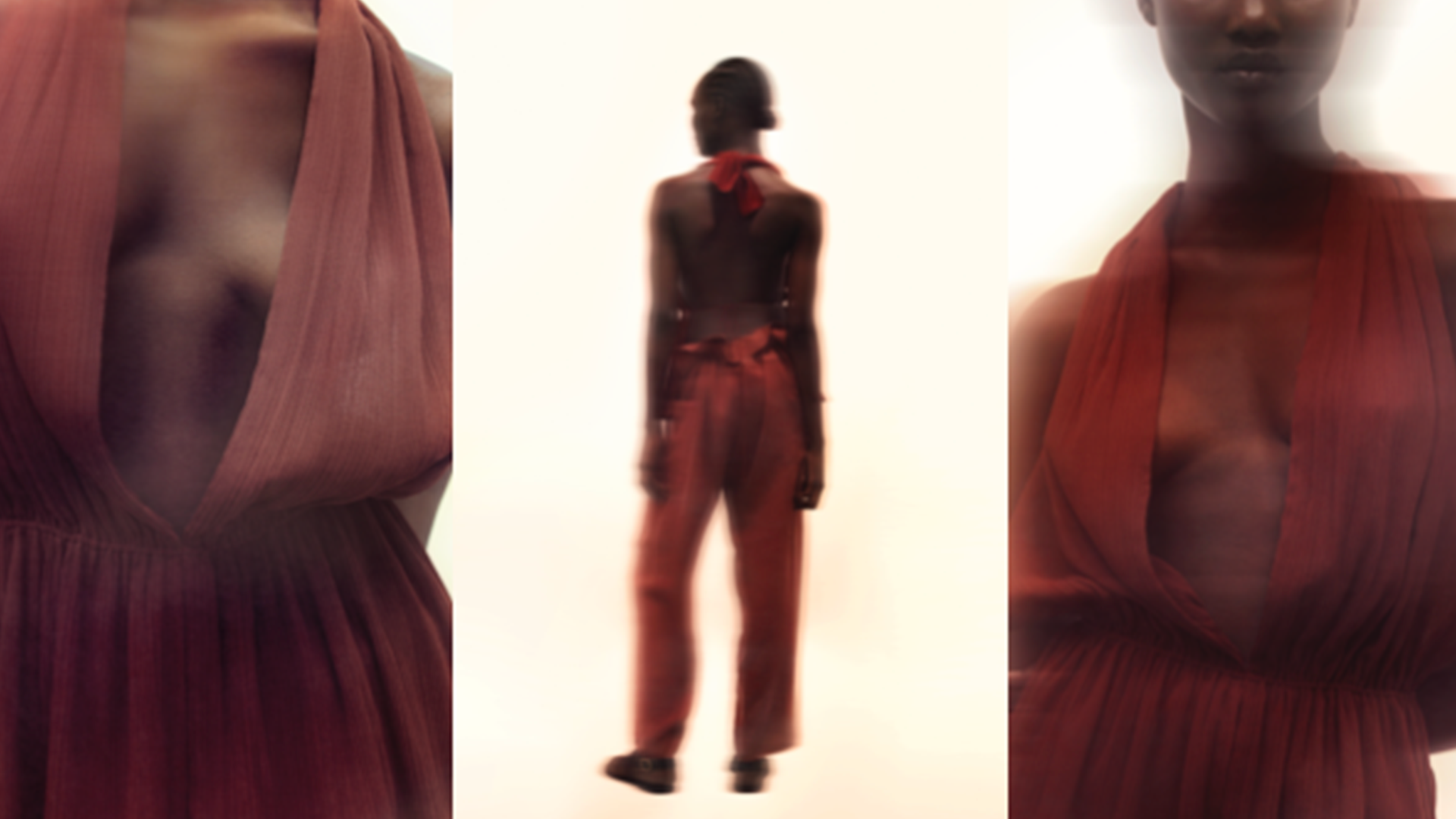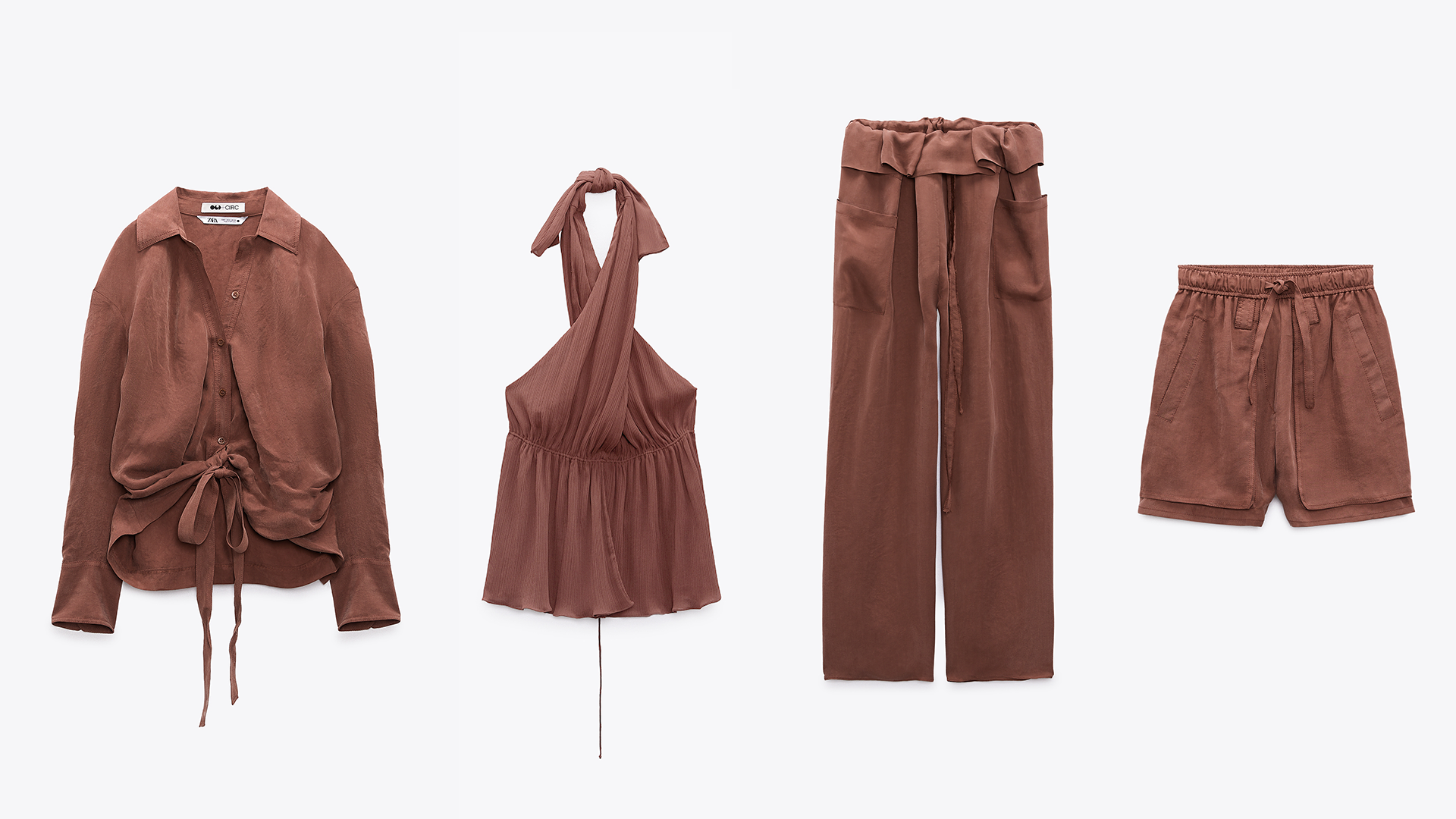Fibers that perform as if this was their first act.
They may have been hanging on a rack or left on the cutting room floor, but with our technology, these fibers have been made anew. Recovered, regenerated, and ready to be put to use, again and again.











